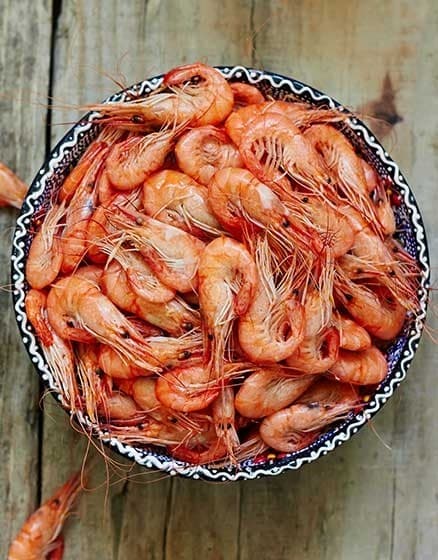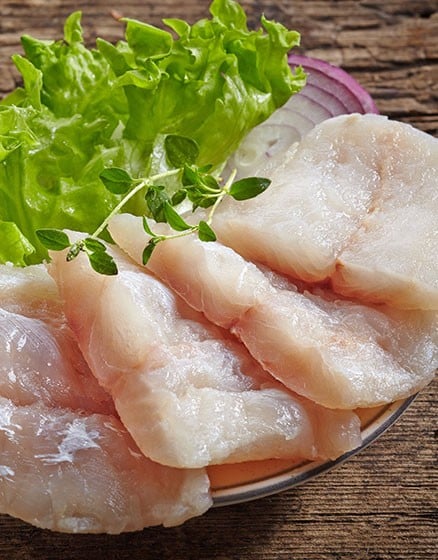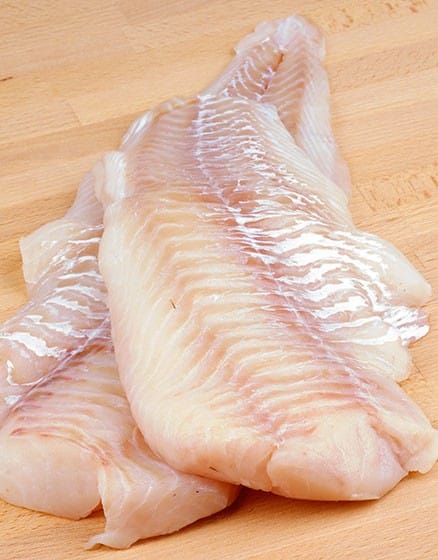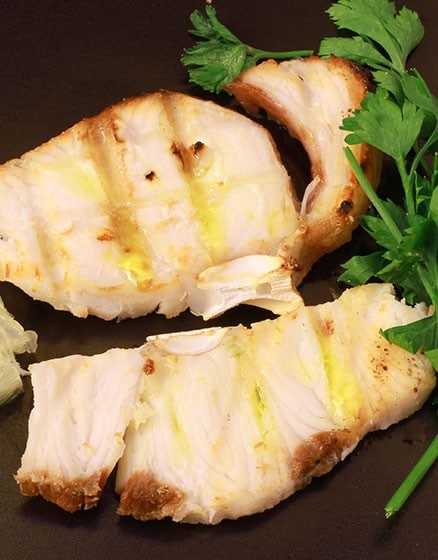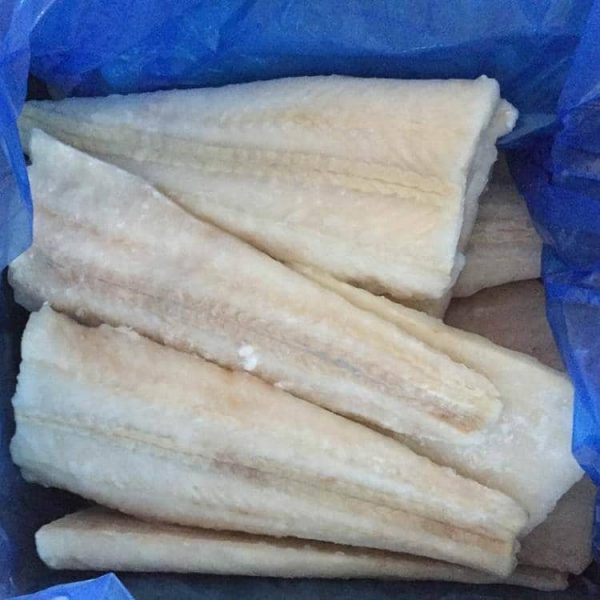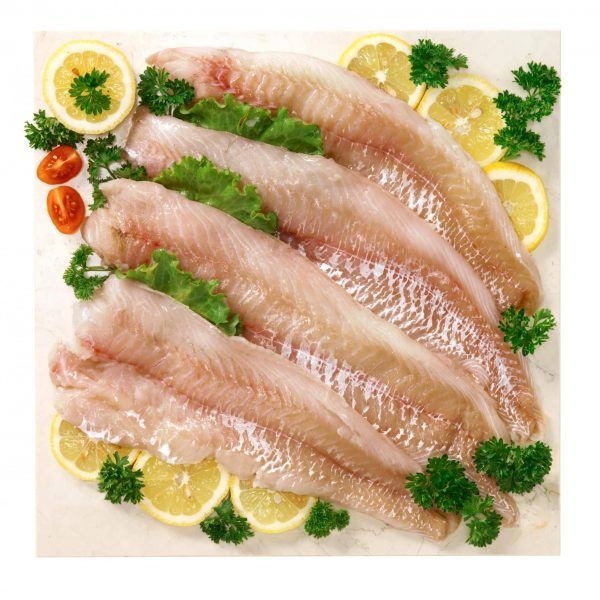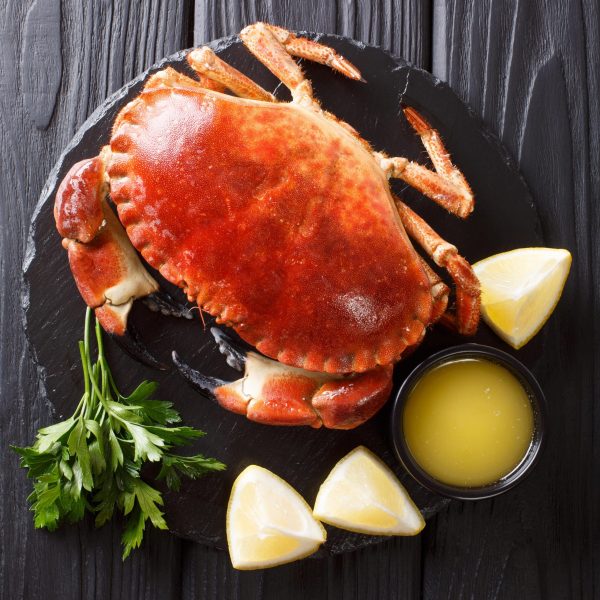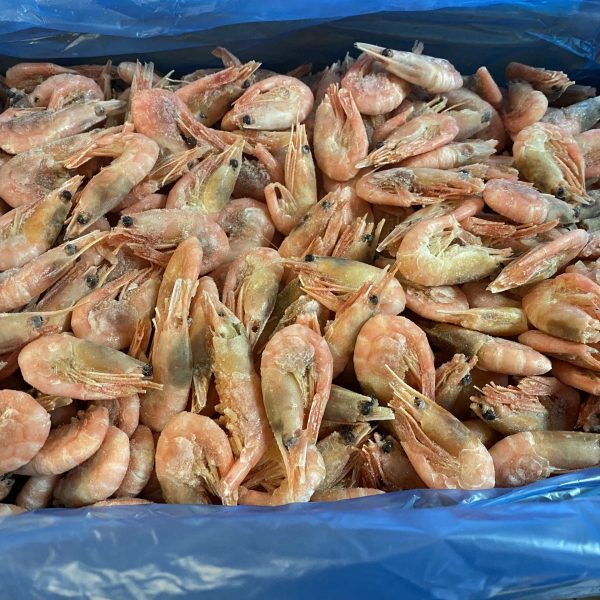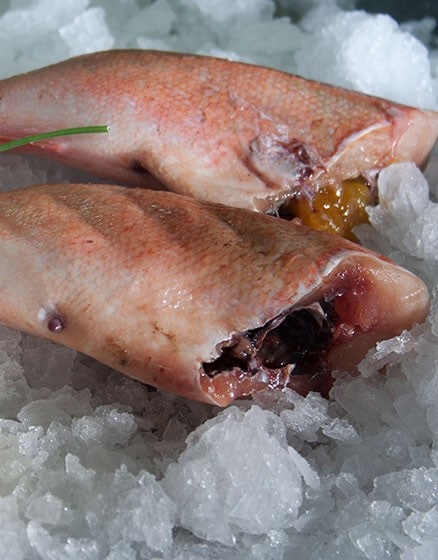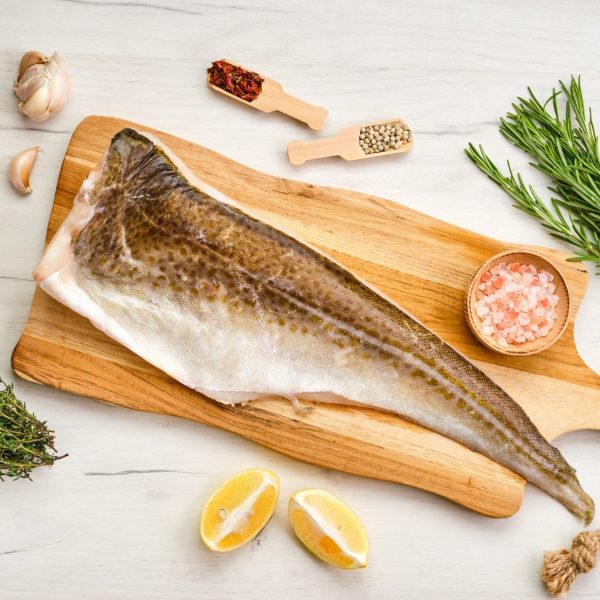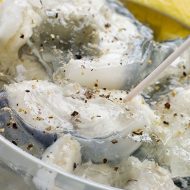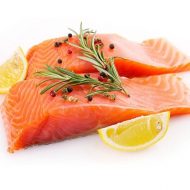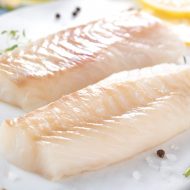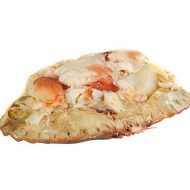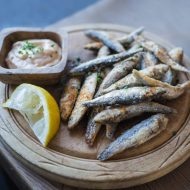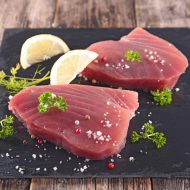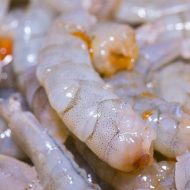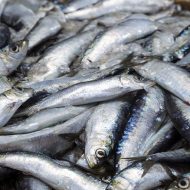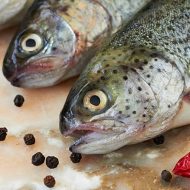The frozen-at-sea system makes it possible to catch fish at sea and transport them frozen-at-sea to the ports of Europe. This process revolutionizes the catching process and is the first environmentally friendly approach since this method uses less fuel than any other fisheries system. It will allow fishermen to stay at sea longer without going back to land for fresh supplies or rest (usually in the range of two weeks). The fishing vessel gets more fish caught and lower fuel consumption. Our fresh fish frozen-at-sea range is sourced directly from the boat, meaning you enjoy our finest fresh fish within hours of it being caught. They can be stored in your home freezer for up to 6 months, so you can enjoy premium quality fish whenever you want. As fresh as it gets, the highest quality and specifications are what we set out to achieve with our fresh fish line development.
Processing Fresh Fish Frozen at Sea
Freezing at sea entails capturing fish, freezing and cooling them in iced water within the next few minutes of being caught and taking them back to shore on board a fishing factory vessel. The fish is quickly taken aboard by our highly professional and knowledgeable workers and processed immediately. A standard production line guarantees the freshness of the fish and other seafood. The quality is achieved by filleting the fish even before the physiological rigour-Mortis period starts. This method produces proper white meat colour, great texture, and better fish meat taste and quality. Trawl-caught fresh fish remains at sea until it arrives, still frozen. There they are graded and piled into insulated containers called slushie machines. These are pumped full of crushed ice and kept at around 10C before being transferred to a mainland cold storage depot. Fishing fleets may stay at the fishing areas until the hold is at maximum capacity. It raises the time spent on fishing fields and boosts the economy of fishing. This procedure saves a lot of time in transit and guarantees that the fish arrive healthier than if they were transported alive.
Flash freezing is another method, an accelerated process in which fish are frozen immediately after being harvested. It requires shallow temperatures to freeze fish in a couple of seconds. Flash freezing generally enables fish to be captured, processed and froze hard in hours and not days. Our cold-storing system means all fish are stored using ice from the moment they are harvested until we pack them into a box. Fish preserved and frozen in the sea are of very high quality once landed; hence there is more time left for fish to be distributed to many places. Also, it means that little damage to the fish. Indeed, the cold chain is a vital selling strategy for fresh fish brands and ensures that customers are offered premium products.
Benefits Of Fresh Fish Frozen at Sea
When you buy frozen fish, you can ensure that the fish is caught, prepared and frozen in its most sustainable and natural environment.
Buying frozen fish reduces carbon emissions, and there are no harmful additives like the chemical salts used in many foods. Frozen fish and seafood provide a year-round availability so families can all afford to enjoy fresh fish even in the winter. We take great pride in providing you with the best quality fresh fish and seafood, a quality that is assured by freezing it while still at sea. We preserve its natural taste and nutritional value by freezing the fish and seafood as soon as possible after capture.
Fresh Fish Frozen at Sea Nutritional Facts
To achieve a high-quality level, precise and appropriate handling and processing of seafood is necessary. Fish are frozen immediately after capture with advanced harvesting and processing methods. Freezing retains the flavour, sealing the taste of the fish that has just been captured together with all the essential nutrients that diminish over time in fresh seafood. There is a reduced bacterial development after the fish has been thawed, leading to a slightly extended shelf life of up to ten days with decent food quality. The research concludes that, compared to fresh seafood, 47% less frozen food are put to waste. An average British household wastes 10.4% of fresh food, but 5.9% only for the frozen food it buys. Consequently, emissions of greenhouse gases from frozen food are low since less energy is used in processing and storage. The report also looked at different forms of food waste and showed that frozen fish items are especially seldom discarded, with just 6% of households wasting them.
FAQs
Is frozen fish healthy?
Frozen fish contain low saturated fats including omega-3 fatty acids that can minimise the blood pressure and the risk of heart disease. Your best option for increasing your omega-3 fatty acid consumption is by choosing fatty fish, like salmon, trout and mackerel. The bulk of seafood, including cod, salmon, haddock and trout, also provide a sufficient amount of iron and calcium.
What is special about frozen-at-sea fillets?
Filleting at sea is a clever option for adding value to seafood, although it involves more work and a higher cost.
When we freeze fillets, we will generate a product of great quality even after being frozen on the sea after 8 to 10 days.
What does flash-frozen mean?
Standard freezing is gradual and continues for hours, allowing massive ice crystals to destroy cell walls and giving a mushy feel to the frozen food. Flash Freezing system utilises liquid nitrogen to freeze fish instantly at a temperature of approximately -160°F.The freshness, texture and taste are retained until it has been thawed. All our seafood is frozen at -160°F.
So if you taste the scallop that has been frozen at sea within several minutes of harvest, you can be certain that what you're eating is premium quality seafood.
How should I properly handle my seafood when it arrives?
You may keep all seafood frozen until you intend to thaw and cook it. When thawed, you must cook it on the same day. Always keep the fish frozen or refrigerated and store it separate from other foods you have. Refrigerate the leftovers soon after dinner.
How should I defrost my frozen fish?
We highly suggest that you thaw your fish under cold storage. Within 12-24 hours, the majority of the seafood will defrost completely. For fast thawing, put under cold running water approximately 3 to 5 minutes until its fully thawed. When thawed, remove any extra liquid, pat it with a paper towel and cook instantly.

